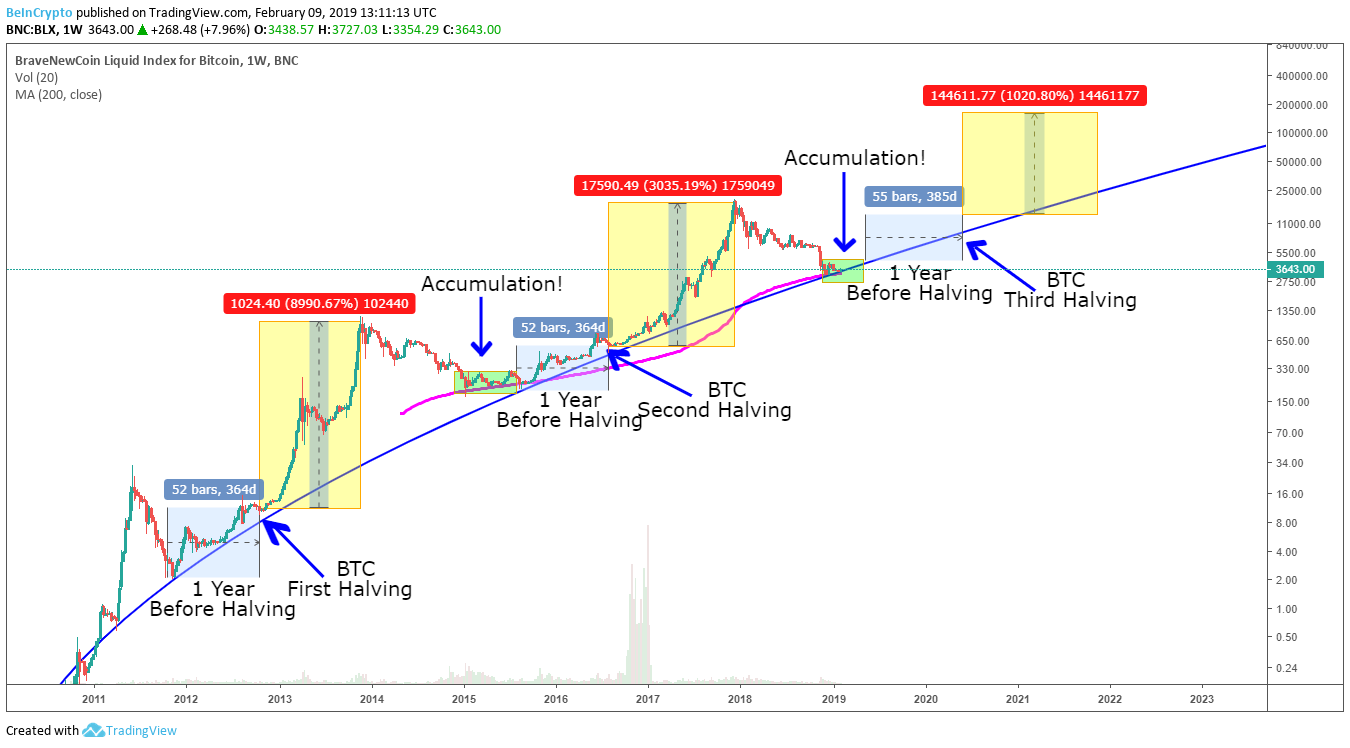The crypto markets are booming again. And our crypto portfolio is doing well. As of this writing, bitcoin is trading around $8,000 and is up 113.5% on the year. Litecoin is trading around $91 and is up 198.7%. Cardano is up 107.3%, and ethereum is up 66%.
But for now, let’s focus on the portfolio’s two top performers – bitcoin and litecoin.
On the surface, they’re completely different. Bitcoin is the biggest cryptocurrency by far. And not just in terms of market cap. It’s a bigger brand. It’s more widely known. Institutional investors are lining up to invest in it. And stores like Starbucks, Whole Foods and Nordstrom are poised to begin accepting bitcoin.
Litecoin, on the other hand, is one of thousands of altcoins. Institutional investors are NOT building custody solutions for litecoin. There are no plans to launch a litecoin-only exchange-traded fund. The Chicago Mercantile Exchange doesn’t have a litecoin futures market. And it doesn’t get any mainstream media attention.
But if you dig a little deeper, you’ll discover litecoin and bitcoin share two key similarities.
The biggest problems all cryptos face are speed and scalability. Bitcoin, on its own, can perform 7 transactions per second (TPS). Litecoin clocks in at 56 TPS. Both pale in comparison to Visa, which (depending on who you ask) can handle anywhere from 1,700 to 24,000 transactions per second. Yes, that’s a huge range. But either number is significantly faster than bitcoin or litecoin alone.
To solve this problem, both bitcoin and litecoin have turned to the Lightning Network (LN). LN technology sits on top of the blockchain and allows crypto users to complete transactions faster and far more cheaply than bitcoin or litecoin are able to do without it.
Currently, each LN channel can handle about 250 TPS. There are more than 8,000 bitcoin lightning nodes. And each node has about five channels. That gives the bitcoin Lightning Network a 10 million TPS capacity. Granted, all of these are micropayments right now. But you can see why everyone is so excited by LN’s potential.
Similarly, litecoin now has more than 1,000 LN channels. That gives litecoin a capacity of 250,000 TPS. It’s not as big as bitcoin. But it’s definitely trending in the right direction.
Just as important, Litecoin founder Charlie Lee believes the coin’s speed and scalability problems have been solved. So he’s focusing on privacy and fungibility. (Quick fungibility lesson: Both bitcoin and litecoin are non-fungible. That means every bitcoin and litecoin is different. So you can trace their entire history. That makes it difficult to conduct private transactions. Fungible currency means it’s interchangeable – like a dollar bill. Every dollar bill is the same, and you can’t track a dollar bill’s transactional history.)
This is a development that crypto investors are excited about, and it at least partially explains why litecoin is doing well.
The other key commonality between bitcoin and litecoin is the halving. In crypto, halvings are used to control the amount of new coins that can enter the market. And because there is a finite amount of both bitcoin and litecoin, halvings decrease inflation.
Halvings typically trigger bull markets because new supply becomes more scarce. Litecoin’s halving is currently scheduled for August 6, 2019. And investors have been buying up litecoin in anticipation of the event.
Bitcoin’s next halving is a little further out. It’s expected to take place in May 2020. A look back at bitcoin’s last two halvings shows a hint of what’s to come – a bitcoin accumulation period months before the halving, followed by sustained price increases immediately before and after the halving.

We’re still in the accumulation phase for bitcoin. And it’s already trading at around $8,000. When the halving triggers bitcoin’s next big leg up, bitcoin prices have the potential to reach new heights.
That’s why you’re seeing all sorts of predictions about bitcoin’s 2020 prices. Some are predicting it will crack $20,000. And with big-money institutional investors entering the market, others think it could go higher.
These are all guesses. Truthfully, nobody knows how high bitcoin will climb. But much like litecoin, we do believe that another bull market is coming soon for bitcoin. And that’s good news for all crypto investors.
Good investing,
Vin Narayanan
Senior Managing Editor, First Stage Investor